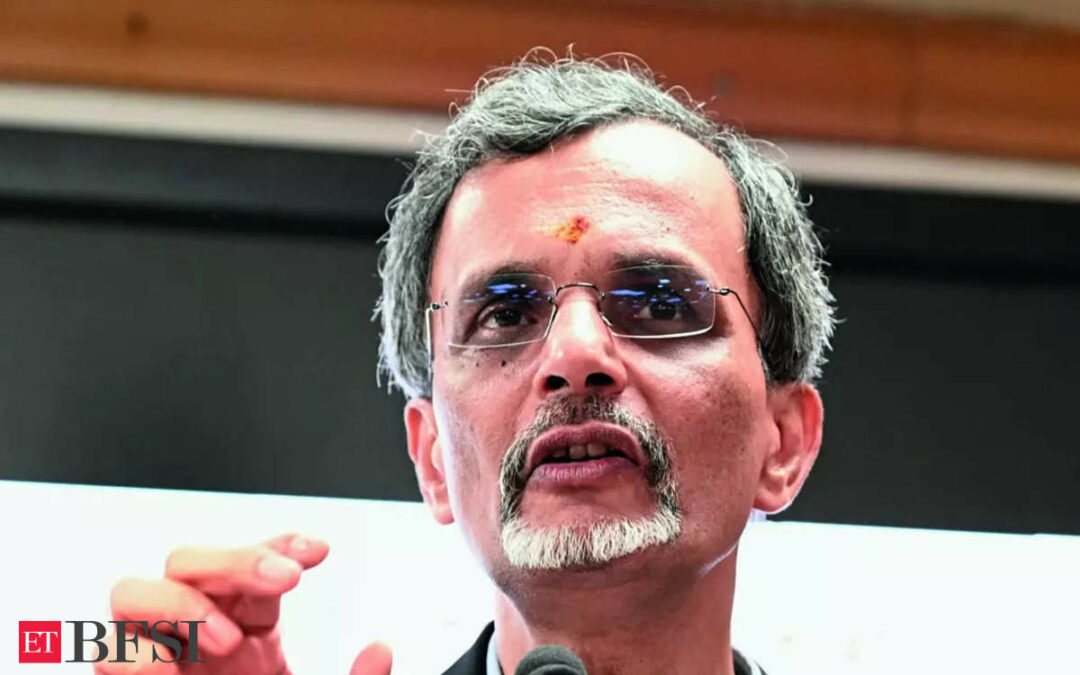NEW DELHI: India needs to think of another round of capital market reforms to finance economic growth on a sustainable basis, chief economic advisor V Anantha Nageswaran said on Friday and stressed the importance of keeping the current growth and financial cycle as long as possible.
At the same time, the country must have a realistic assessment of its investment requirements, financing requirements and whether the country has enough banks, he added. “What kind of debt markets do we need to have? What kind of banking system do we need to have, how big should it be and what is the number of banks we need to have? And if the regulatory and the overall ecosystem that we have is adequate; if not, what needs to be done. These are the things that need to be addressed,” Nageswaran said .
Macro and financial stability
The CEA pushed for macro and financial stability, stressing that “sometimes it may be necessary to forgo rapid growth opportunities in favour of stability”. This will ensure that the country remains on the high growth orbit for a longer period, he indicated. He pointed at the massive spurt in credit in the early part of this century and the subsequent spike in bad loans in the banking assets, which weighed down growth in the second decade of this century. Banking assets were 25-30% of GDP in the 1980s and 1990s, he said, which spiked to 55% by the end of the first decade of this century.Household savings
Nageswaran said capital markets should act in such a manner that “household savings are both allowed to be grown and also directed at the most productive use from the point of view of industry and point of view of households as well”. He called for a coordinated approach by the capital market stakeholders-from investors and exchanges to regulators-to ensure the “household savings are garnered in a manner that they are applied towards the most productive usage”.
Minimal accident vs zero accident
Speaking at the event, Kotak Mahindra Bank non-executive director Uday Kotak said the banking system and policy makers need to find ways to fix the issues expeditiously should things go wrong. “We need to avoid accidents. But a ‘zero accident’ policy is a very risky policy for India’s desire and aim for high growth. We must have a ‘minimal accident’ policy but not a ‘zero accident’ policy. And should accidents happen, quickly resolve them,” he said.










